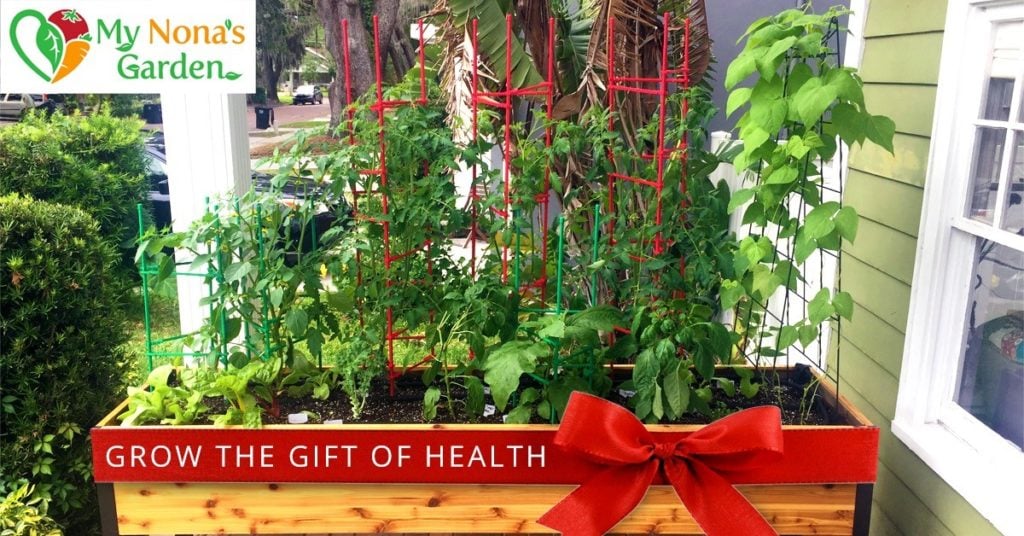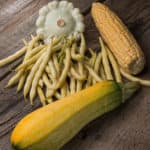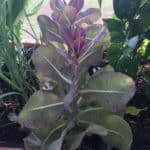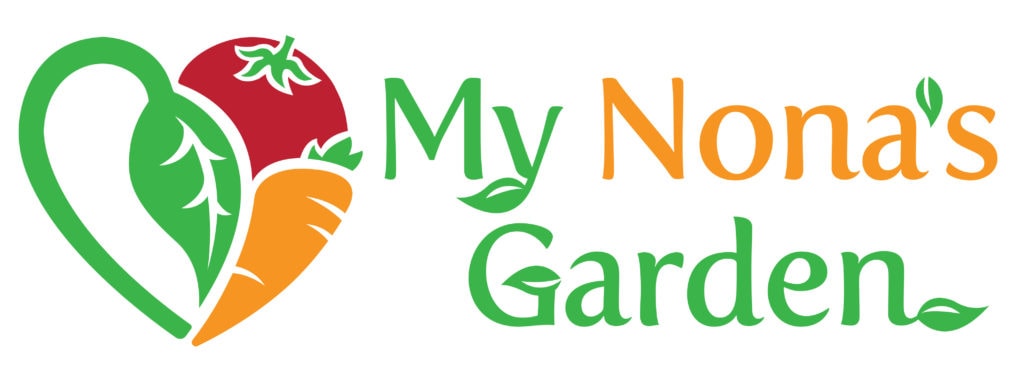
What a time to get back to the basics and take control of the food supply! Some people may be gardening experts, and others are new to growing their own. Either way, many of us have the challenge of finding enough space for a garden. To get the most out of your spring garden with a limited amount of space, there are three important guidelines to consider:
1) Use the principles of square foot gardening.
2) Spacing seeds and transplants appropriately.
3) Use companion planting guidelines for spring plants. Especially when it comes to raised or elevated garden beds, this is the recipe for success!
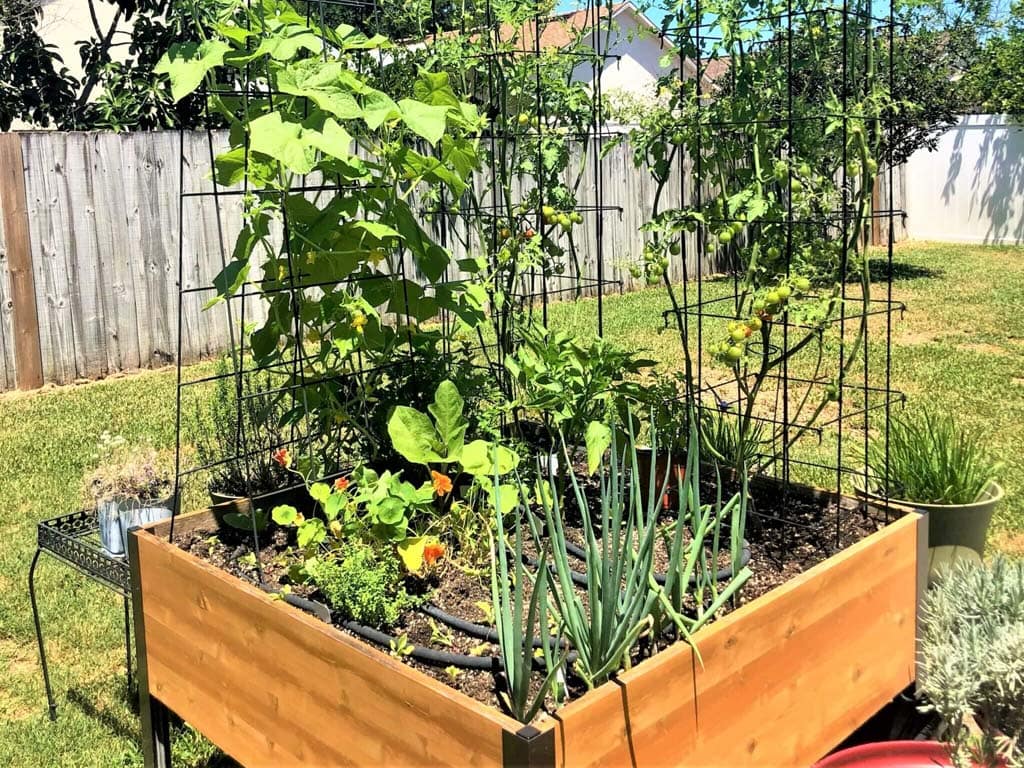
Take this garden, for example. This is a 4’x4’ bed that is broken down using a grid system. Three equidistant lines will be drawn horizontally and vertically to accurately map out every square foot available. When thinking ahead to what spring veggies to plant, it’s important to note how much space they’ll have to live in. Some plants require four square feet, and others require only half of a square foot. That’s why the first crucial step of planning is to map out your space.
To get the greatest yield from the garden, plant spacing is crucial! Imagine the root system of each plant in the soil and really respect the amount of space it needs to absorb the right amount of nutrients. It’s no secret plants need adequate sunlight and water, but a common mistake is improper spacing that causes plants to compete for resources. Squash, for example, needs four square feet, so it’s best to plant these in the corner of a garden to give them ample room to flourish. Tomatoes take up three square feet with a cage, and you can plant 16 radishes or carrots in a single square foot.
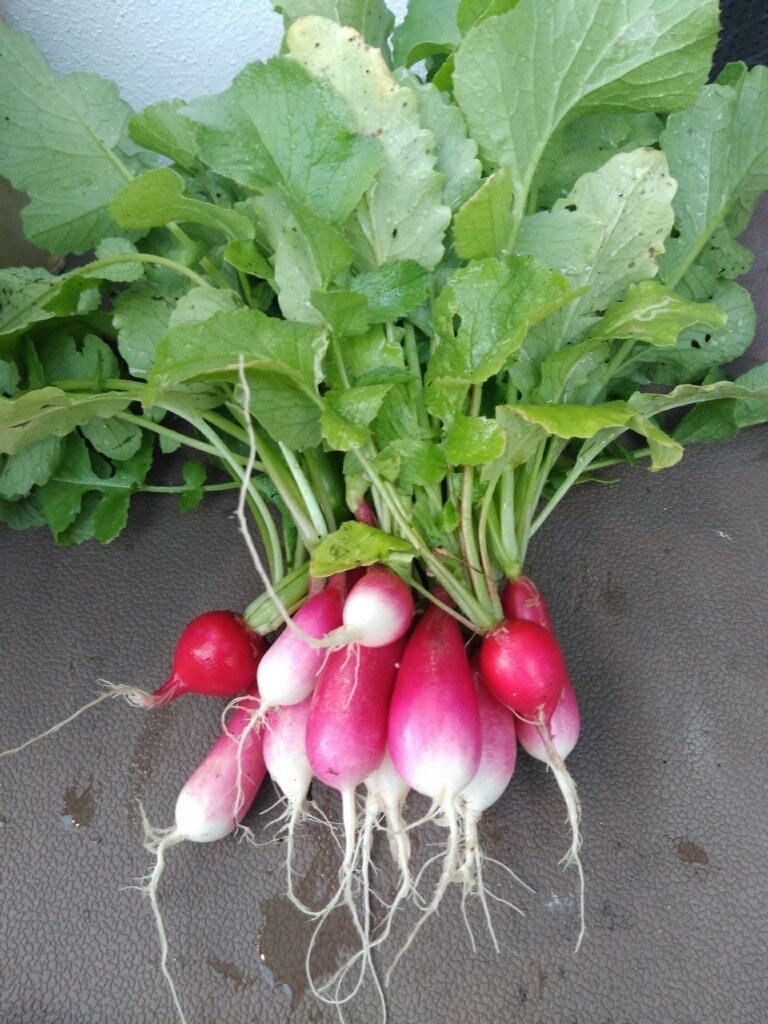
For head lettuce like romaine or buttercrunch, plant four seeds in a square foot for great yield results. In traditional gardening, when you plant in rows, spacing is a bit different because you have a single plant in a row and another entire empty row between the next plant. This way, plants naturally have additional spacing built in. When it comes to raised beds, this luxury disappears, so plan accordingly!
With limited space, another important consideration is which plants are friends in the garden. Tomatoes, eggplants and peppers are besties, but don’t plant any kale or carrots near these because it stunts their growth. Tomatoes can be fun and versatile companions. Planting a basil plant next to tomatoes will greatly enhance the tomato’s flavor. On the other hand, if there are spicy jalapeños or habañeros next to tomatoes, they will produce fruit with quite a kick! Cucumbers are a great spring veggie and are happy to be planted next to beans, but don’t plant them next to aromatic herbs because the off-gassing can be offensive to their production. A few more spring plant friends are lettuce, beans and radishes. Squash, beans and corn are often referred to as “the three sisters” because of how they fulfill each other’s needs when it comes to giving nutrients, support and shading. Doing research on plant companions is essential to getting the most out of a garden and avoiding issues that could arise later in the season.
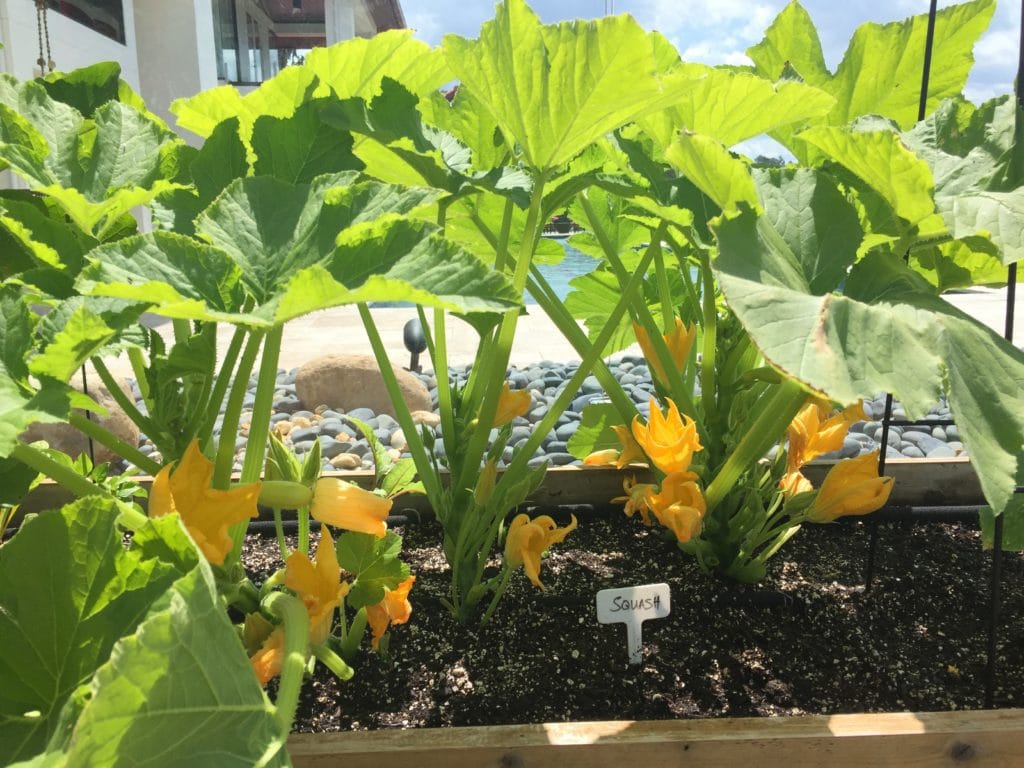
This is going to be a hot but fruitful spring season for all fellow gardeners! Remember, start with a plan to optimize limited space, and group plant friends for the best season yet!
Amber Harom is the founder and president of Sungold Gardens, formerly My Nona’s Garden, where they install and service low-maintenance, elevated, organic vegetable gardens. If you want a lush, self-sustaining food supply but don’t have the time or know-how, we’ll build your dream garden and grow you delicious, nutrient-dense organic produce, right in your own yard or business location.
Visit www.SungoldGardens.com for more information
“We make organic vegetable gardening easy!”
